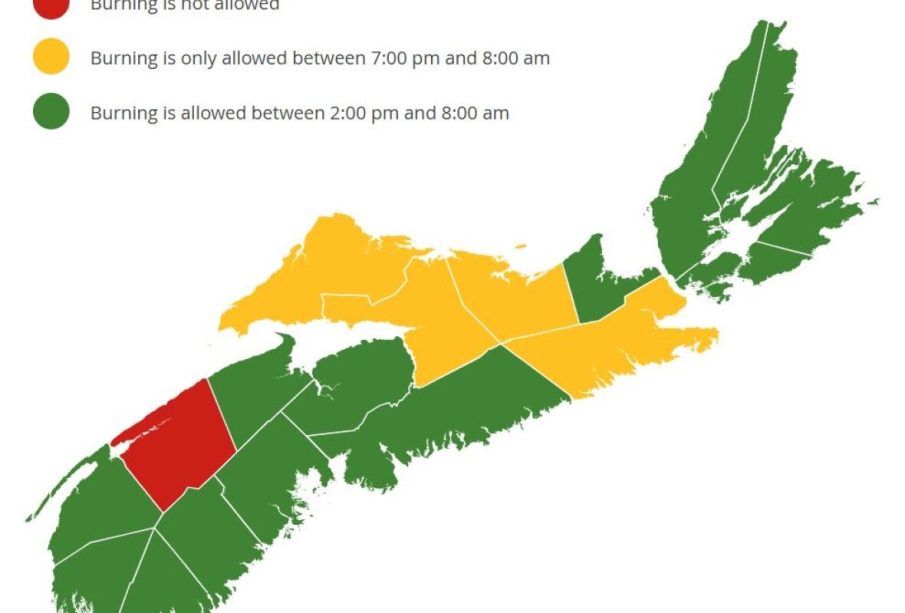Understanding the NS Burn Ban and Its Implications

Introduction
The recent implementation of a burn ban in Nova Scotia (NS) is a response to the increasing risk of wildfires during the dry season. This ban is crucial for ensuring public safety, protecting natural resources, and preserving local ecosystems. As wildfires can escalate quickly and threaten both human lives and property, understanding the regulations surrounding the burn ban is essential for all Nova Scotians.
Details of the Burn Ban
The Nova Scotia Department of Natural Resources and Renewables announced the burn ban effective from early June 2023, coinciding with particularly dry weather conditions. This year, many regions in NS experienced below-average rainfall, which has raised concerns among environmental and fire safety officials. The ban prohibits open burning, including campfires, agricultural burning, and the burning of debris.
Officials have pointed out that even small sparks can ignite flammable materials, leading to significant fires that can spread rapidly. With the dry conditions forecasted to continue into the summer months, the ban is considered an essential preventive measure. The Department has also indicated that they will monitor fire conditions closely and will update the burn ban status as necessary, with potential lifting of the ban if significant rain occurs.
Public Response and Compliance
While many residents have expressed concern about the restrictions, particularly with summer activities like camping and barbecuing, the overall response has been supportive. Community leaders have emphasized the importance of adhering to safety guidelines. Local fire departments have been active in spreading awareness through social media and community workshops, educating the public on fire safety and the risks associated with open burning.
Conclusion
The NS burn ban serves as a vital tool in mitigating the dangers posed by wildfires during heightened fire risk periods. As Nova Scotians navigate summer activities, it is crucial to stay informed about the ban’s status and comply with the regulations to ensure safety for all. With forecasts suggesting a potential for wetter conditions later in the summer, residents are hopeful that the restrictions might ease, but until then, cooperation and compliance will be key to protecting communities and natural landscapes alike.









